My Personal Experience
In need of rest and balance myself, I’ve recently reconnected with my Mindfulness practice and joined my fabulous friend Kat’s online 8-week course, Mindfulness-Based Living. This journey has been a powerful reminder of the importance of pausing, being present, and nurturing a sense of calm in my daily life. The course has been helping me create space for stillness, and I’ve found it to be an incredibly grounding and restorative experience. If you’re looking for a way to cultivate mindfulness and create more balance in your life, I highly recommend checking out Kat’s offerings here.
Why We Need Rest
- Rest allows our bodies and minds to recharge, preventing burnout and stress.
- It improves focus, energy, and emotional well-being.
- Without rest, we risk exhaustion, which can affect our health and quality of life.
Different Ways to Rest
Rest can take many forms, and it doesn’t always require a big getaway. Here are a few options to consider:
-
A Walk in Nature: Step outside, take a slow walk, and reconnect with the calm of the natural world. Nature’s stillness can help clear your mind and reset your energy.
-
A Simple Pause to Breathe: In the middle of a busy day, take a few deep breaths to ground yourself. A short break to focus on your breath can work wonders for your mental state.
-
A Calming Class or Treatment: Whether it’s yoga, Pilates, or a hands-on treatment, taking time for yourself in a calming environment can help release tension and bring peace to your mind and body.
-
Restorative Yoga: This gentle practice focuses on deep relaxation, where you hold poses for longer periods, allowing your body to rest deeply and restore energy. It’s an excellent way to clear the mind and relieve tension.
-
A Retreat in the Countryside: If you can, a weekend retreat in a peaceful setting can offer the opportunity to completely unplug from daily stresses. Disconnecting from technology and immersing yourself in nature offers a deep and restorative reset.
The Key to Effective Rest
-
Quality over Quantity: Rest doesn’t need to be long or elaborate. A few minutes of quiet, a moment of reflection, or a change of scenery can be incredibly powerful.
-
Unplug: Try switching off from digital noise—whether it’s your phone, emails, or social media. Giving yourself time away from screens helps you be more present in the moment.
-
Restore Balance: When we take the time to rest, we return to daily life with more focus, clarity, and a sense of balance. It’s not about doing nothing—it’s about nourishing yourself so you can show up fully for life.
Final Thoughts
So, whether it’s a peaceful walk in nature, a brief moment of stillness, breathing or mindfulness practices, a class to nurture your body, restorative yoga, or even an actual retreat, taking time to rest is one of the most powerful things you can do for your mind, body, and spirit. Take the first step toward more restful moments today. Reach out to explore ways to nurture your body and mind, and start making time for the rest you truly deserve.
Take the first step toward more restful moments today. Reach out to explore ways to nurture your body and mind, and start making time for the rest you truly deserve.



